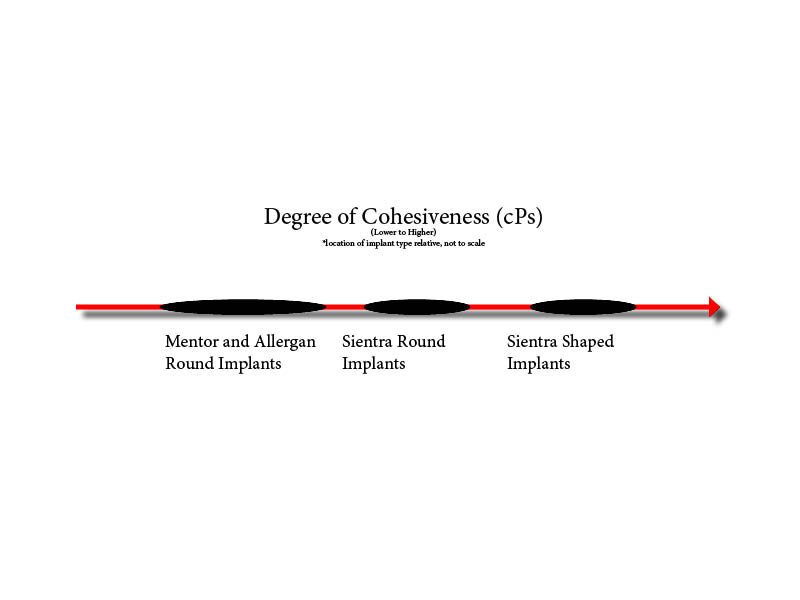Before you see you doctor about breast implant surgery, read this first!
There are several types of implants among 3 manufacturers currently in the US. So it can be confusing to know what you want. Hopefully the information below will help you break things down. And before we get started, these are my opinions and my understanding of the different implants – these are not opinions or statements from the manufacturers themselves.
When you see your doctor – and make sure it’s a board certified plastic surgeon performing your breast augmentation surgery (check here to confirm that they are) – feel free to ask for a particular brand. Currently in the US, you can receive implants from Mentor, Allergan and Sientra. These are not listed in order of preference necessarily.
If you want silicone implants, all three of these companies make them. If you want saline, only Mentor and Allergan make those. Since November 2006, when silicone implants came on the market, silicone implants have been used far more than saline implants in my experience and in my practice. Most studies would back me up on this.
In general, silicone implants are a little more expensive but most women feel they are more natural appearing and natural feeling. The risk of implant rupture is much less now than in the past but more on that in a minute. You can read more about saline vs silicone here.
If you want round silicone implants, all three companies mentioned above make those. If you want shaped, or teardrop implants, only Sientra offers those to the general public. Round is by far the most common but if you are the right candidate – smaller breasts with no excess droop to the breast – you may be interested in shaped implants. Many women that are appropriate candidates, feel these look more natural. One warning though – a risk with shaped implants that does not exist with round implants is that if shaped implants shift inside the breast, it could change the shape of the breast whereas with round implants, this is not a risk.
So back to the risk of implant rupture. Manufacturers worldwide are constantly striving to find the perfect implant – an implant that does not break open and release the silicone inside. The main technique that most companies use to reduce the risk of spillage of the implant silicone is by increasing the cohesiveness of the silicone. What this means is that by making the silicone thicker or more like a gel and less like a liquid, that even if the shell breaks open, the silicone inside keeps its shape and doesn’t leak out. The ultimate cohesiveness can make the implant more like a gummy bear. Consider a gummy bear: if you cut it in half, it keeps its shape, with no leakage of its contents. Cohesiveness of silicone is measured in centipoise (cPs).
Older implants were more like liquid and could leak out if the implant shell burst open (low cPs). The new implants by Mentor, Allergan and Sientra have increased their cohesiveness along a “spectrum of cohesiveness”. See my own scale below.
What I hope to demonstrate here is that along this spectrum, the implant manufacturers to the left have a lower level of cohesiveness. That doesn’t mean the silicone inside the implant is liquid – because they are still more gel-like than implants from years ago – but they haven’t achieved that gummy bear consistency that everyone is shooting for. The round implants by Sientra, to the right in the spectrum, are even more gel like than Mentor or Allergan and the shaped Sientra implants, furthest to the right, have the highest level of cohesiveness than any of the other manufacturers in the US. This means that the shaped Sientra implants are closest to the ideal “gummy bear” implant with the highest level of cohesiveness and are therefore, the least likely to leak.

Hopefully all of these descriptions will help you make as informed a decision as possible. Last bit of advice – don’t get the biggest implants possible since that will give you the most unnatural look and ask your doctor about putting them under the muscle since, that too, will make them look more natural.
And, as always, make sure you’re seeing a board certified plastic surgeon.




